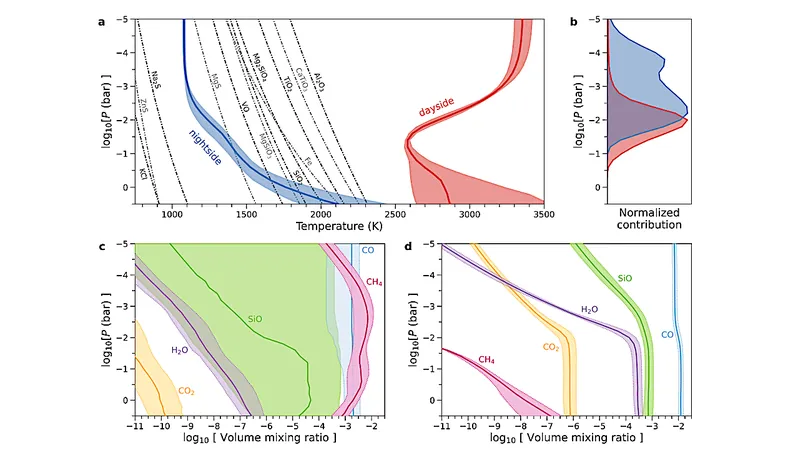
China's Energy Import Standoff: What It Means for U.S.-China Trade Relations
2025-05-14
Author: Michael
No Energy Deal in Sight for the Summer
In a surprising twist following the recent U.S.-China trade talks, imports of American energy products by China are expected to remain virtually non-existent through the summer. This development casts a shadow over the newly announced 90-day trade truce aimed at easing tariffs between the world's two largest economies.
Tariff Cuts, But Energy Imports Still in Limbo
While the trade conflict saw significant tariff cuts—30% on U.S. goods from a staggering 145%—China's energy market remains resistant to change. The decreased tariffs now in place for most U.S. goods in China, reduced from 125% to 10%, have not translated into renewed demand for American energy. Analysts suggest the brief negotiation window won’t be enough to shift China’s purchasing strategy.
Impact of Early Tariffs and Market Dynamics
The energy landscape changed earlier this year when China imposed a 10% tariff on U.S. crude oil, LNG, and coal—an action that effectively halted imports and made U.S. energy uncompetitive. Reports indicate that American LNG imports to China plummeted to zero in March, highlighting the dire impact of trade tensions.
Dismal Projections for U.S. Energy Exports
Experts point to the weak fundamentals in the Chinese market as a significant barrier to U.S. energy recovery. According to analytics firm Kpler, while the tariff pause offers a glimmer of hope, the existing 25% tariff on U.S. LNG continues to suppress any viable market activity.
Future Prospects: Will Energy Trade Resume?
Looking ahead, some analysts speculate that China could rekindle its energy imports from the U.S. if a comprehensive deal, reminiscent of the Phase-One trade agreement, is forged. Yet, historical patterns indicate that even if an agreement is reached, compliance has been problematic, especially during disruptions like the pandemic.
Trust Issues Complicate Negotiations
The road to a viable trade agreement is fraught with complexity and uncertainty. J.P. Morgan emphasizes the low trust levels between the U.S. and China, suggesting that energy commodities will be contentious points of negotiation. With both nations grappling with mixed policy approaches, a long-term resolution appears elusive.
Conclusion: A Waiting Game for U.S. Energy
As it stands, the tariff pause remains just that—temporary and tentative. The future of U.S. energy imports in China hangs by a thread, with future dialogues needed to clarify the specifics of any substantive agreement. Without trust and clear direction, both sides may find themselves continuing this high-stakes waiting game.









 Brasil (PT)
Brasil (PT)
 Canada (EN)
Canada (EN)
 Chile (ES)
Chile (ES)
 Česko (CS)
Česko (CS)
 대한민국 (KO)
대한민국 (KO)
 España (ES)
España (ES)
 France (FR)
France (FR)
 Hong Kong (EN)
Hong Kong (EN)
 Italia (IT)
Italia (IT)
 日本 (JA)
日本 (JA)
 Magyarország (HU)
Magyarország (HU)
 Norge (NO)
Norge (NO)
 Polska (PL)
Polska (PL)
 Schweiz (DE)
Schweiz (DE)
 Singapore (EN)
Singapore (EN)
 Sverige (SV)
Sverige (SV)
 Suomi (FI)
Suomi (FI)
 Türkiye (TR)
Türkiye (TR)
 الإمارات العربية المتحدة (AR)
الإمارات العربية المتحدة (AR)